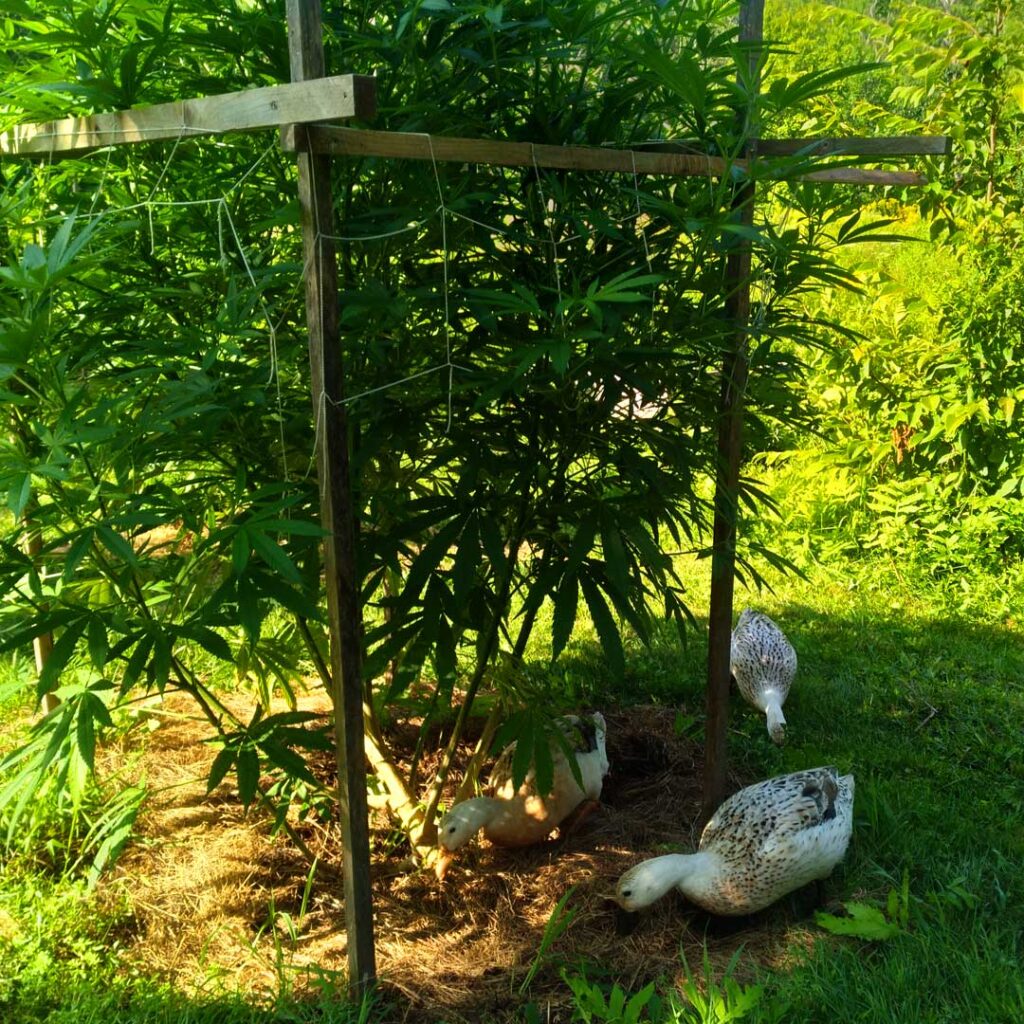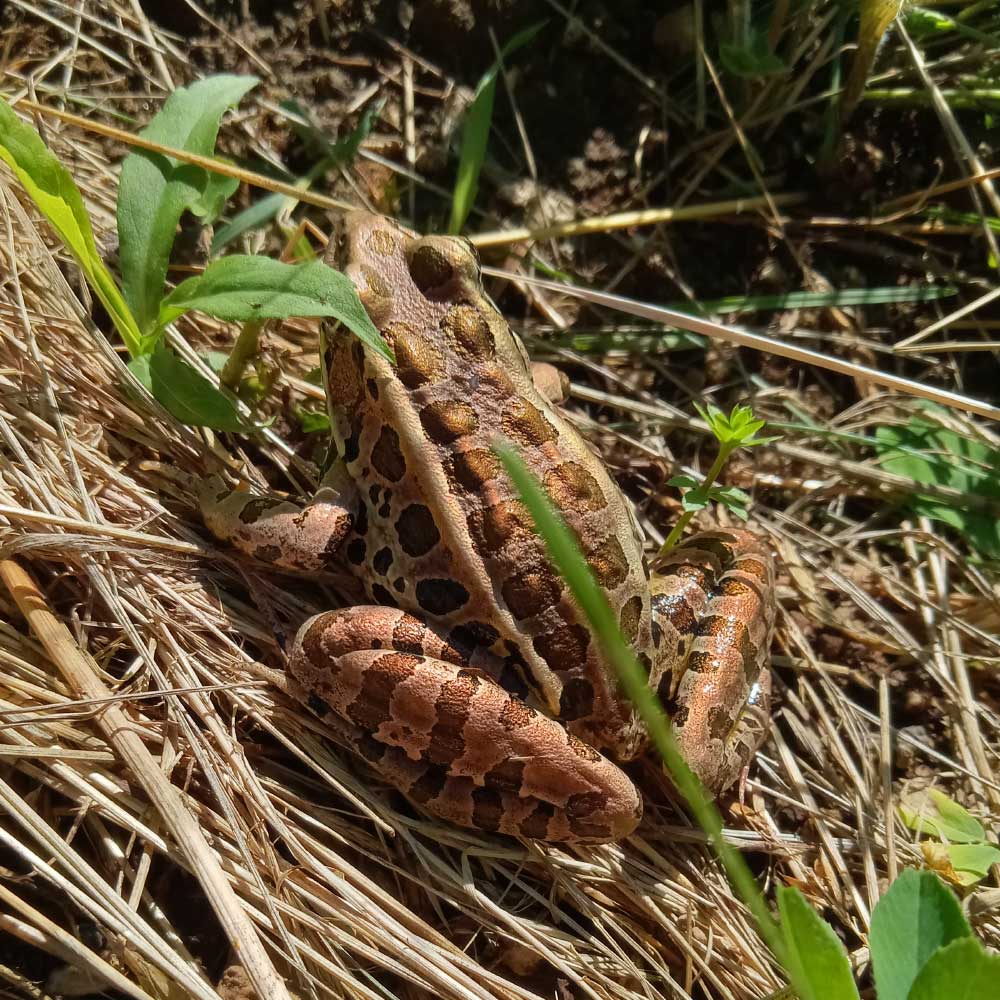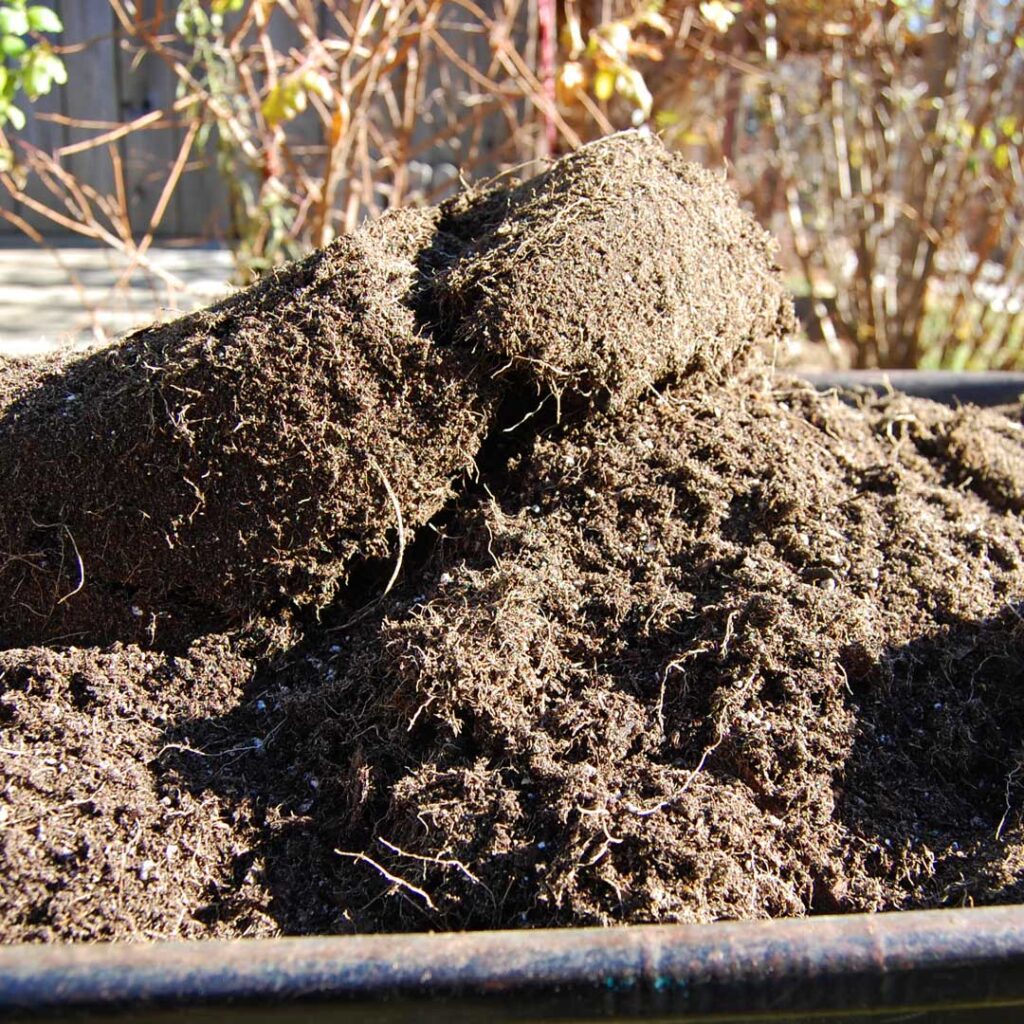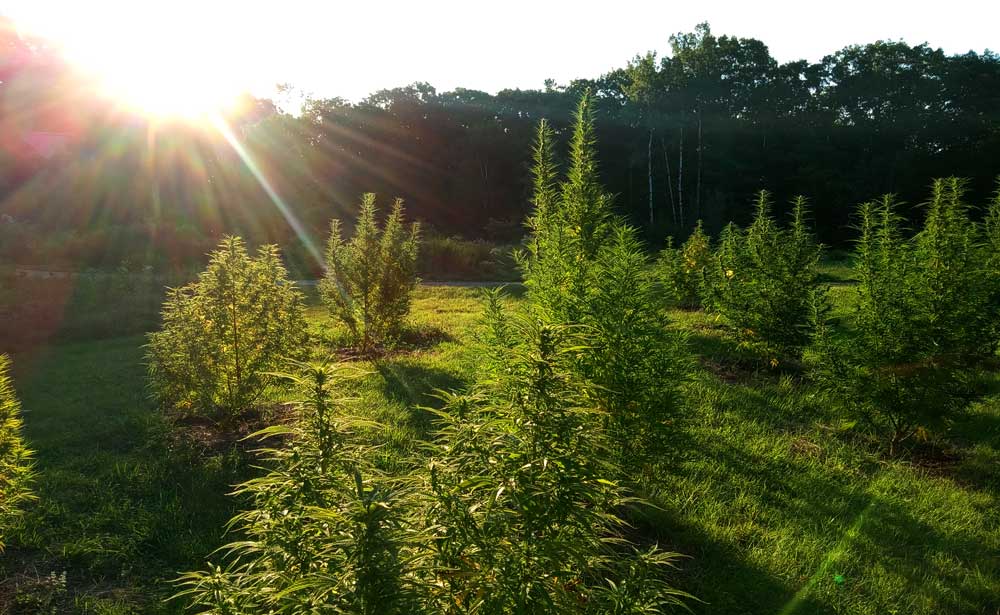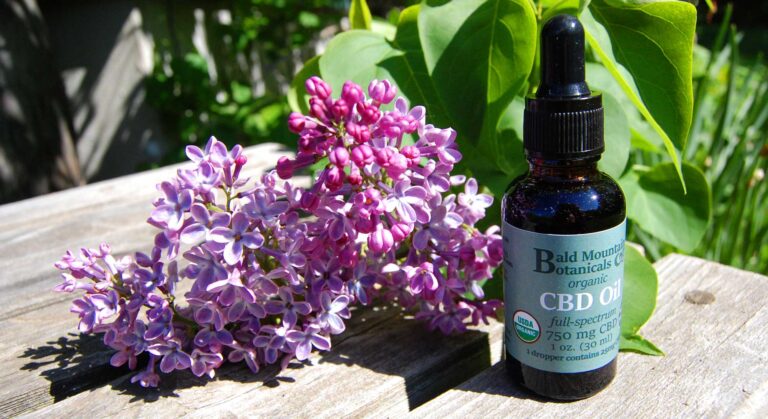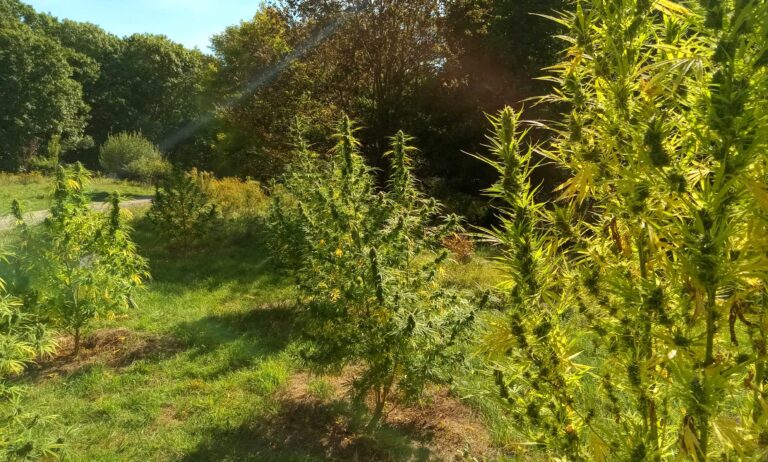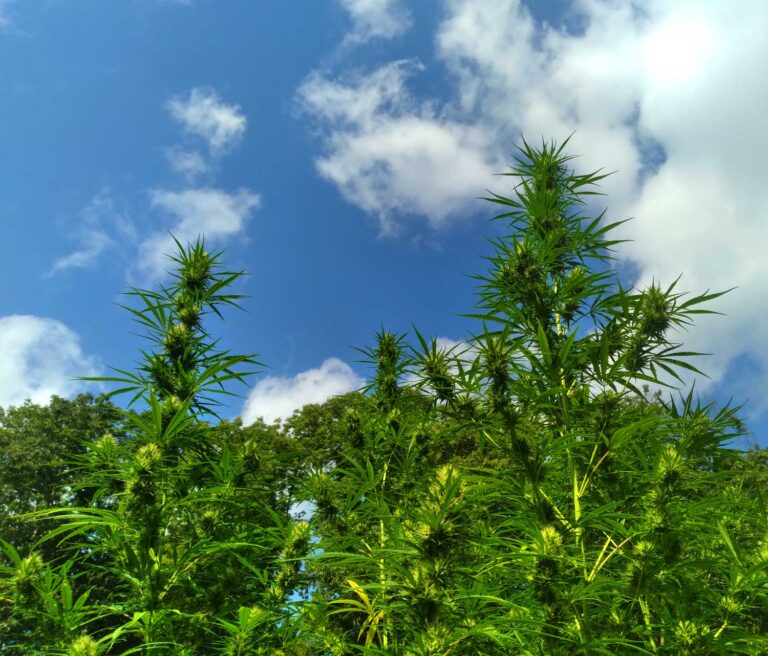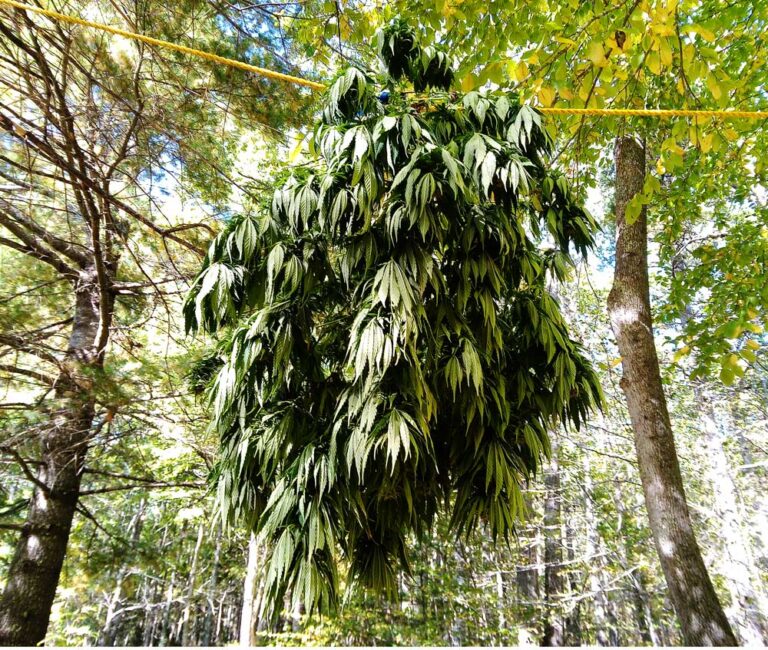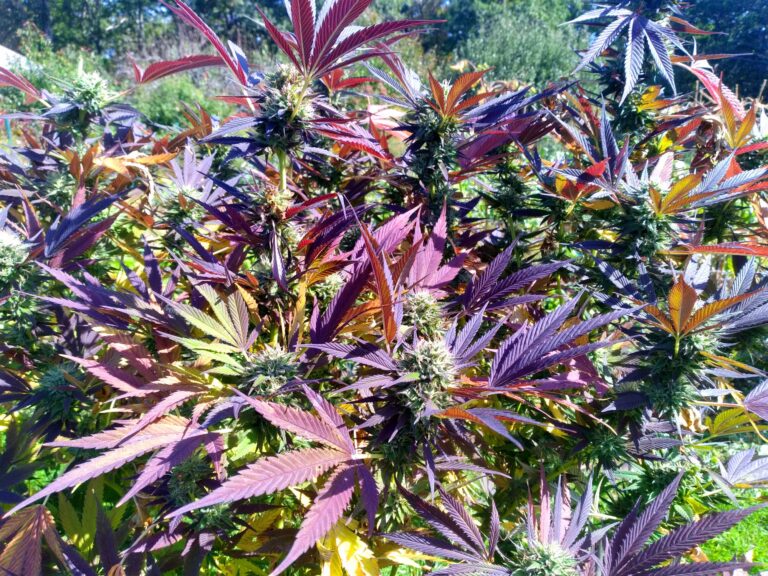Growing Hemp with Regenerative Agriculture
You’ve probably hear the term “regenerative agriculture” or “regenerative farming” but what exactly does it mean? And why raise hemp using these methods?
Regenerative agriculture is a holistic approach to farming that seeks to restore, build, and nurture healthy soil, promote biodiversity, sustain healthy ecosystems, and foster an equitable and sustainable economy. It’s about taking good care of natural systems that sustain life and passing these vibrant systems on to future generations.
No-Till Farming
In practice, growing hemp with regenerative agriculture can take many forms. One key method is “no-till” farming, which just means raising crops without disturbing the topsoil by plowing. Soil, of course, isn’t just “dirt”–healthy soil is a complex ecosystem teeming with life. Traditional plowing disrupts and damages this ecosystem.
Rather than plowing, we leave the soil intact and instead add layers of natural materials on top, such as compost. These organic materials decompose and feed the life within the soil. We also use natural mulch to preserve soil moisture, reducing the need for irrigation and providing habitat for soil life. We sometimes use a broadfork to gently loosen soil before planting but this doesn’t disturb the soil layers like tilling does.
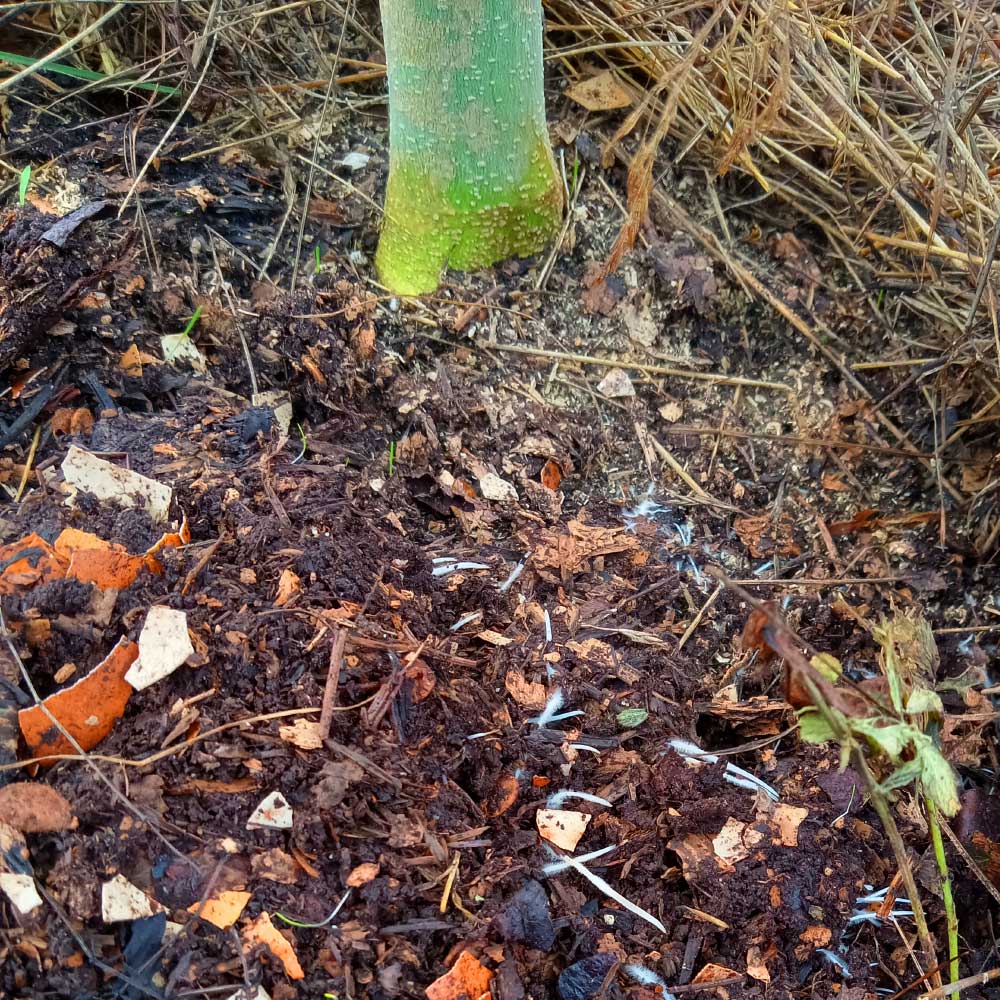
Using Organic Materials for Mulch
If you grab a handful of soil on a regenerative farm, the soil is black, aromatic, and filled with life. When you pull back the mulch layer you’ll see a wide range of fungi, spiders, worms–even the occasional toad! It’s an extraordinarily hospitable environment that creates ideal conditions for the hemp plant to take up nutrients and thrive.
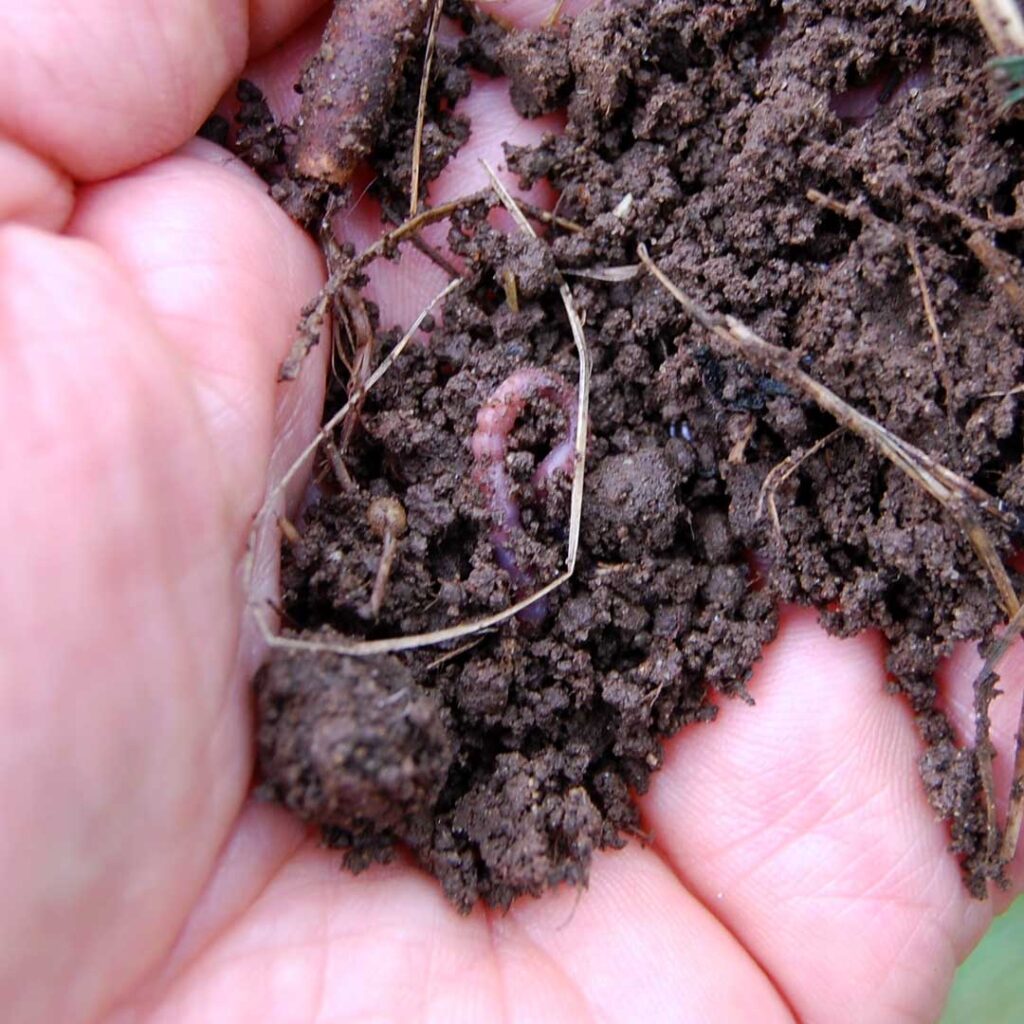
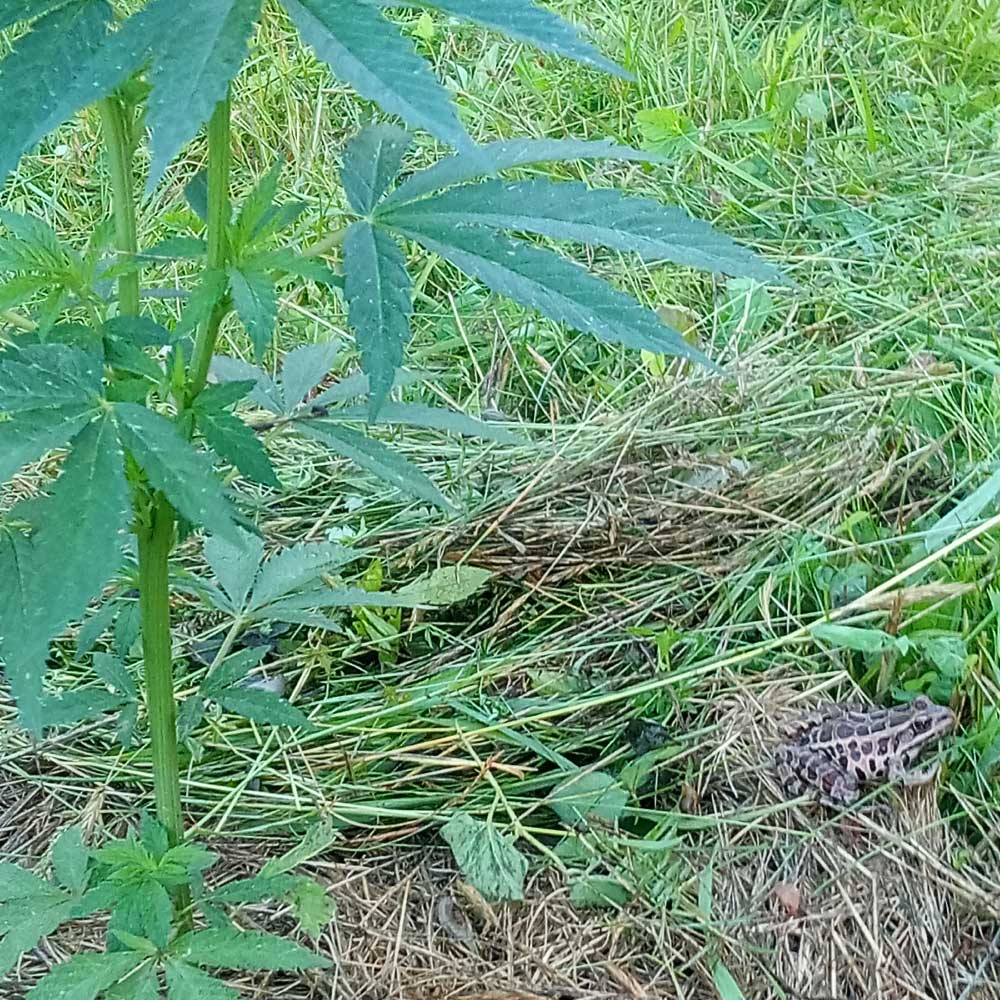
The Benefits of Compost
Another key regenerative practice is composting. Compost recycles “waste” and returns it to the soil where it can nurture and enhance the soil ecosystem. Good compost builds humus, adds nutrients, retains ground moisture, and aerates soil. Instead of bringing fertilizers from outside the farm we can recycle materials on-site. Food scraps, leaves, unused portions of hemp plants, duck manure, straw, and assorted weeds all go into the compost.
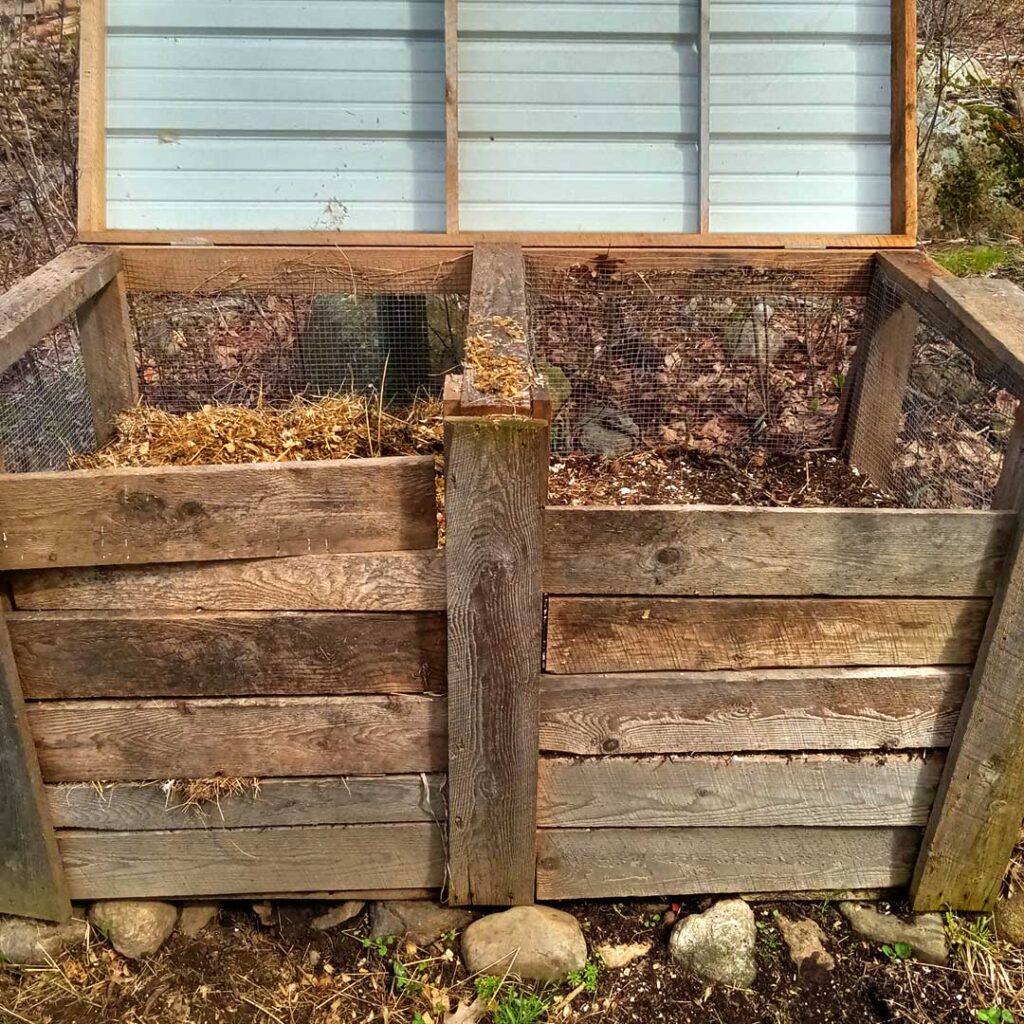
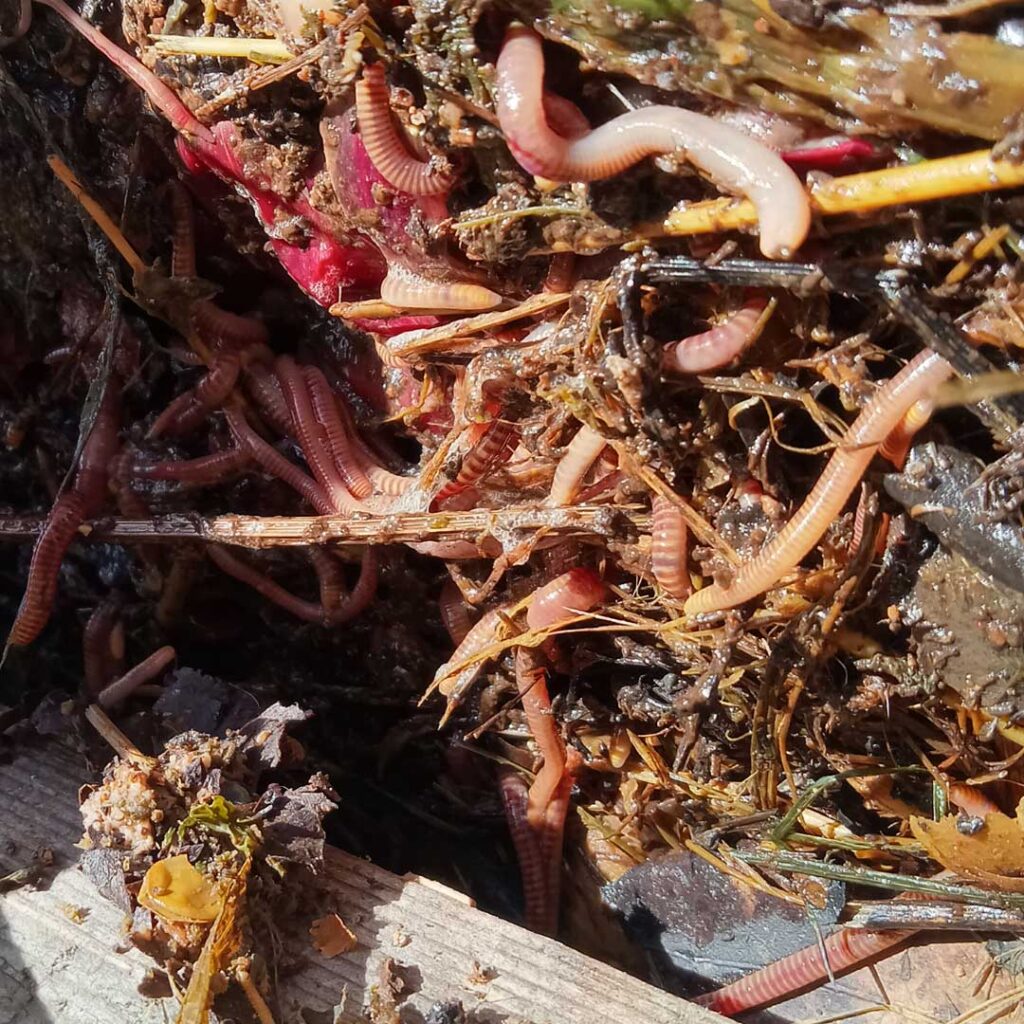
Tea Time
We also make compost tea by “steeping” compost in aerated water, sometimes adding additional amendments like alfalfa meal and molasses, and then applying the tea to the hemp. This particular practice really feeds the soil microorganisms which in turn feed the roots of the hemp plants.
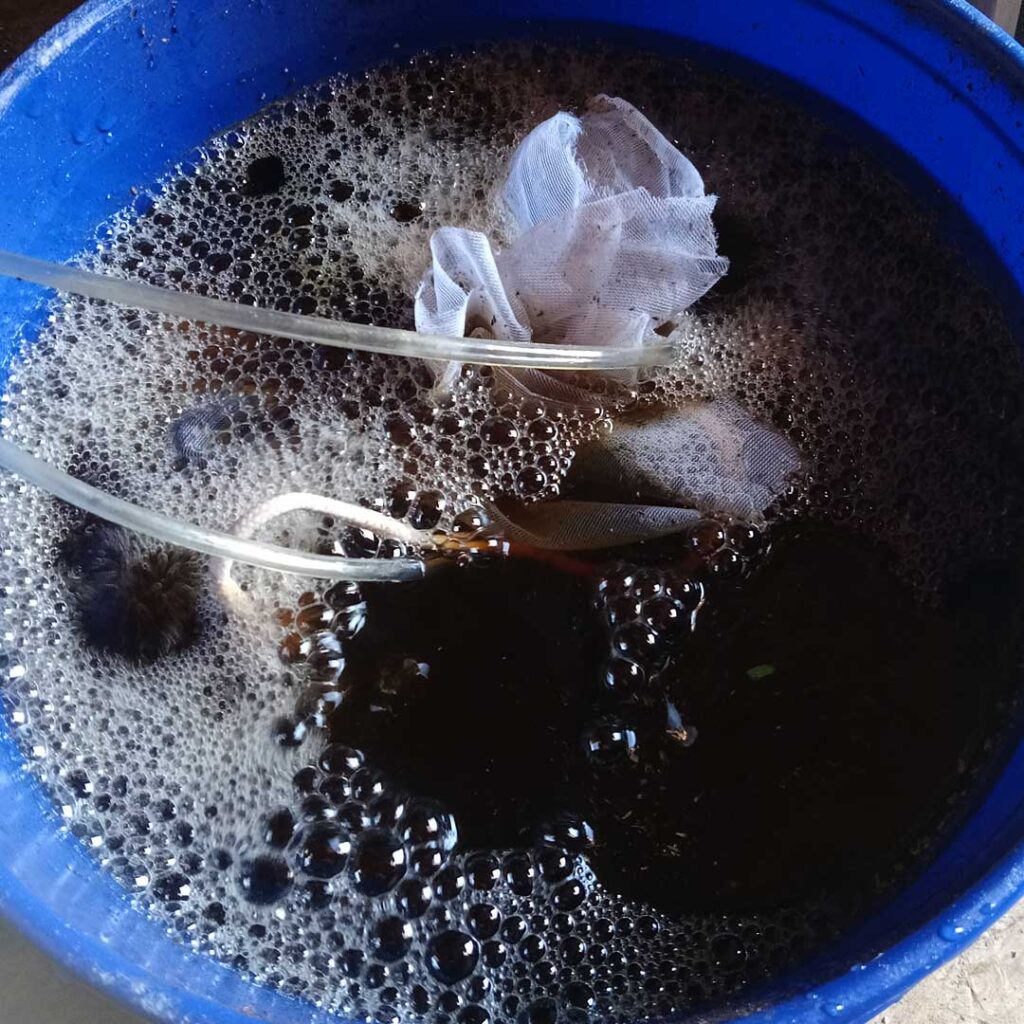
Cover crops are another important component of regenerative agriculture. We rotate the hemp every year between three different fields. In between we plant alfalfa or other cover crops to prevent erosion and enrich the soil (the alfalfa can be mown and used as mulch or fertilizer.
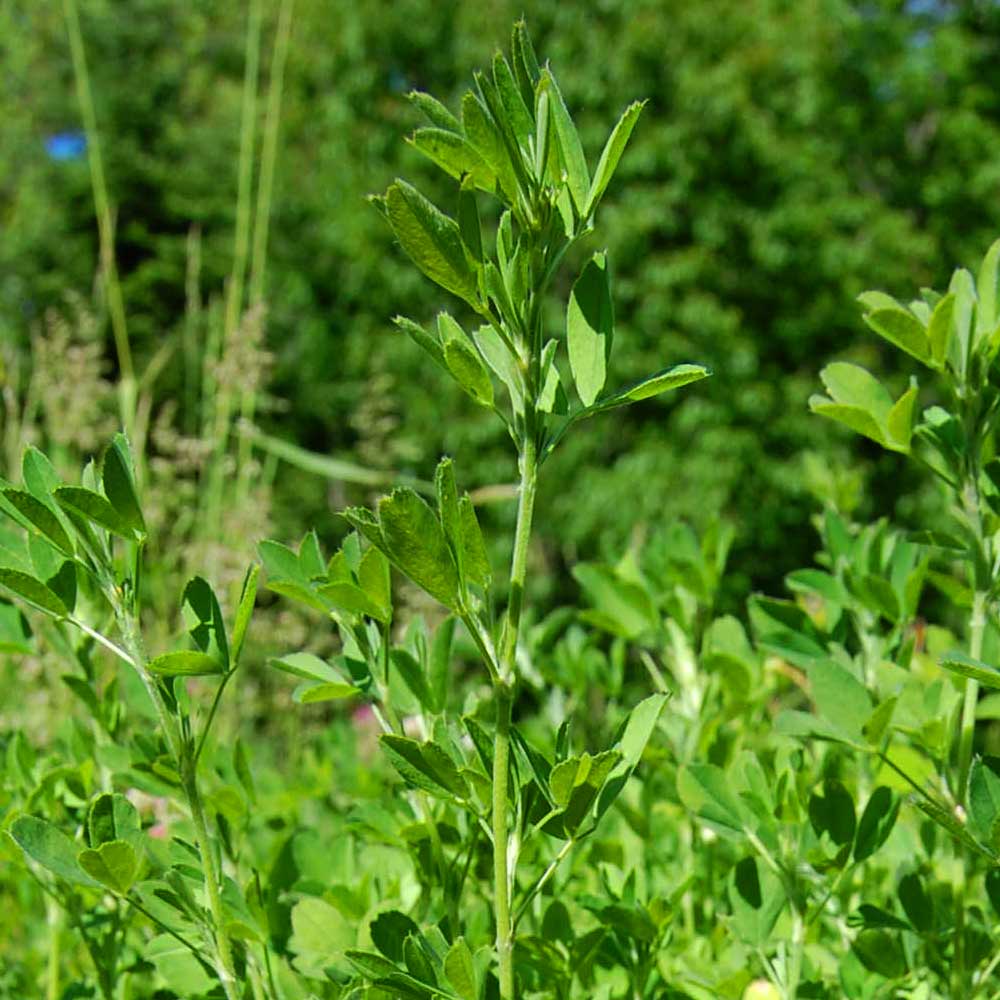
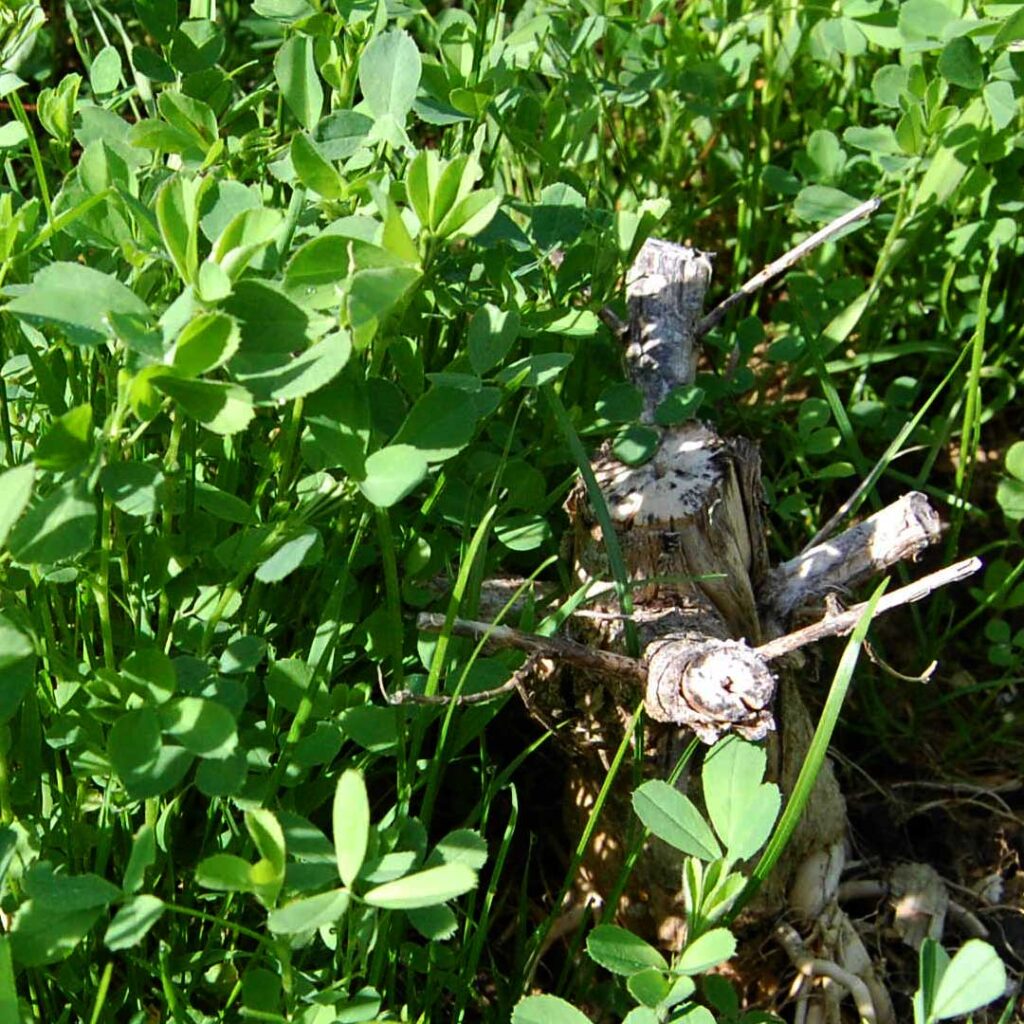
Addressing Climate Change
One of the most interesting and potentially important benefits of regenerative agriculture is the soil’s potential to sequester carbon. Some research suggests that regenerative farming is one of the most powerful tools we have to alleviate climate change. When farmers plow soil, the tilling releases significant amounts of carbon into the atmosphere. Practicing regenerative agriculture can dramatically lower carbon dioxide emissions while simultaneously removing excess carbon dioxide already in the atmosphere.
Benefits of Growing Hemp with Regenerative Agriculture
Regenerative agriculture is a powerful approach to farming that addresses some of the most pressing problems we face. We continue to learn more about regenerative farming every year from scientists, other farmers, and traditional indigenous cultures. With each passing season we try to expand and refine our regenerative farming methods.
As a final note, regenerative farming enhances the quality of the hemp flowers we harvest. It’s really a winning formula across the board.
